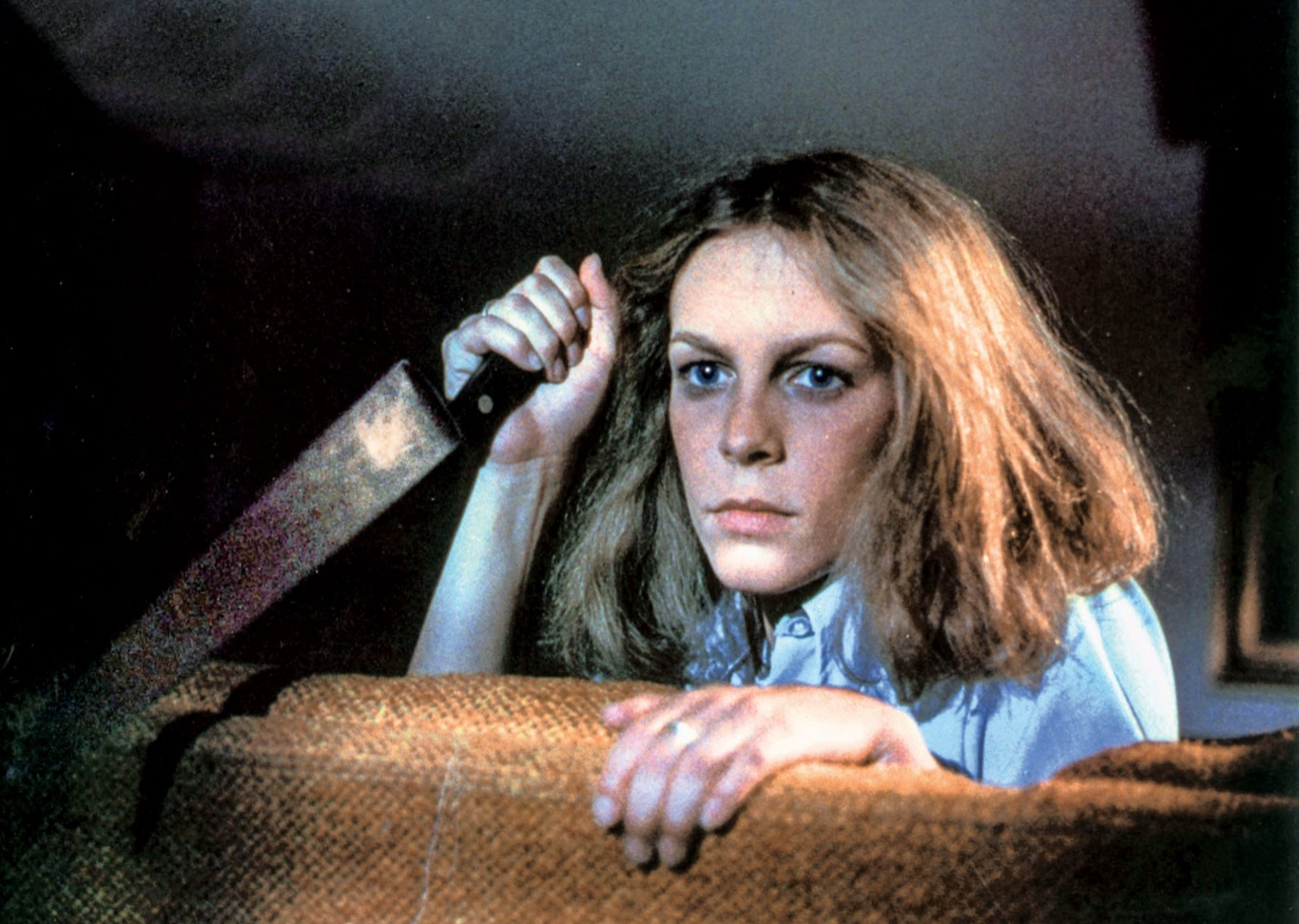Final Girls: The Evolution of Women in Film
Image Courtesy: Strike Magazine Tallahassee
Avid horror film lovers can attest to the long-standing trope of the so-called, “final girls” -- the female character that is “not like other girls,” who often manages to be the sole survivor of the unfortunate circumstance that spans the movie’s plot. While other types of movies within the film industry have other means of displaying a positive shift toward creating strong and relatable female characters, horror’s evolution from featuring damsels in distress to the badasses who fight back is one of the more obvious examples.
Image Courtesy: Medium
Often having some sort of special attribute or skill that allows them to escape the killer’s clutches, the final girl is usually the last character standing and is the sole witness to the events that transpire throughout the movie. These depictions of women encourage audiences to say, “I would do that!” in a hyper-specific and life-threatening scenario, as opposed to yelling at the characters onscreen to run and hide or the usual, “Don’t go in there!”
Image Courtesy: Lad Bible
To see themselves represented in film, women had few options to relate to; they had to sift through tragic victims such as Marion Crane in Psycho, whose on-camera moments included gratuitous shots that were motivated by the male gaze. Successive additions to the genre would feature some sort of sexualization of female victims, which compensated for a weak central plot. Over time, this trope evolved to depict triumphant women escaping death, beginning with the iconic 1978 slasher flick Halloween.
Halloween’s Laurie Strode, the original final girl, singlehandedly challenged the idea of women being overpowered by a male assailant and boldly fought her aggressor, Michael Myers. Despite Myers’s alluded survival at the end of the film, Strode is still victorious and represents a win for women everywhere. By contrast, most of the first examples of these women have some sort of moral standing that serves as their saving grace, where they were “lucky” to make it to the end.
However, more recent thrillers showcase further-developed characters, with occasional flaws and sometimes questionable morals. Characters like Cassandra Thomas from Promising Young Woman and Amy Dunne from Gone Girl have much more moral ambiguity surrounding their search for justice, as their methods of attaining it are not exactly legal. This shift stirs emotions within audiences who are confused as to whether they are rooting for the film’s antagonist or anti-hero.
While sliding-scale morality might not sound like progress, the creation of complex, three-dimensional characters that exist outside the “good girl” stereotype is a win for regular people everywhere. People will buy tickets for movies that are not predictable; with millions of movies available on our devices, audiences want to see plot twists and surprises with their films rooted in reality. We want to see imperfect people in the media – it makes us feel better about ourselves; but more than anything, we want our favorite characters to come out on top.
Image Courtesy: MovieWeb
Strike Out,
Writer: Isabel Wilder
Editor: Addy Crosby
Graphic Designer: Laura Pellini
Tallahassee




